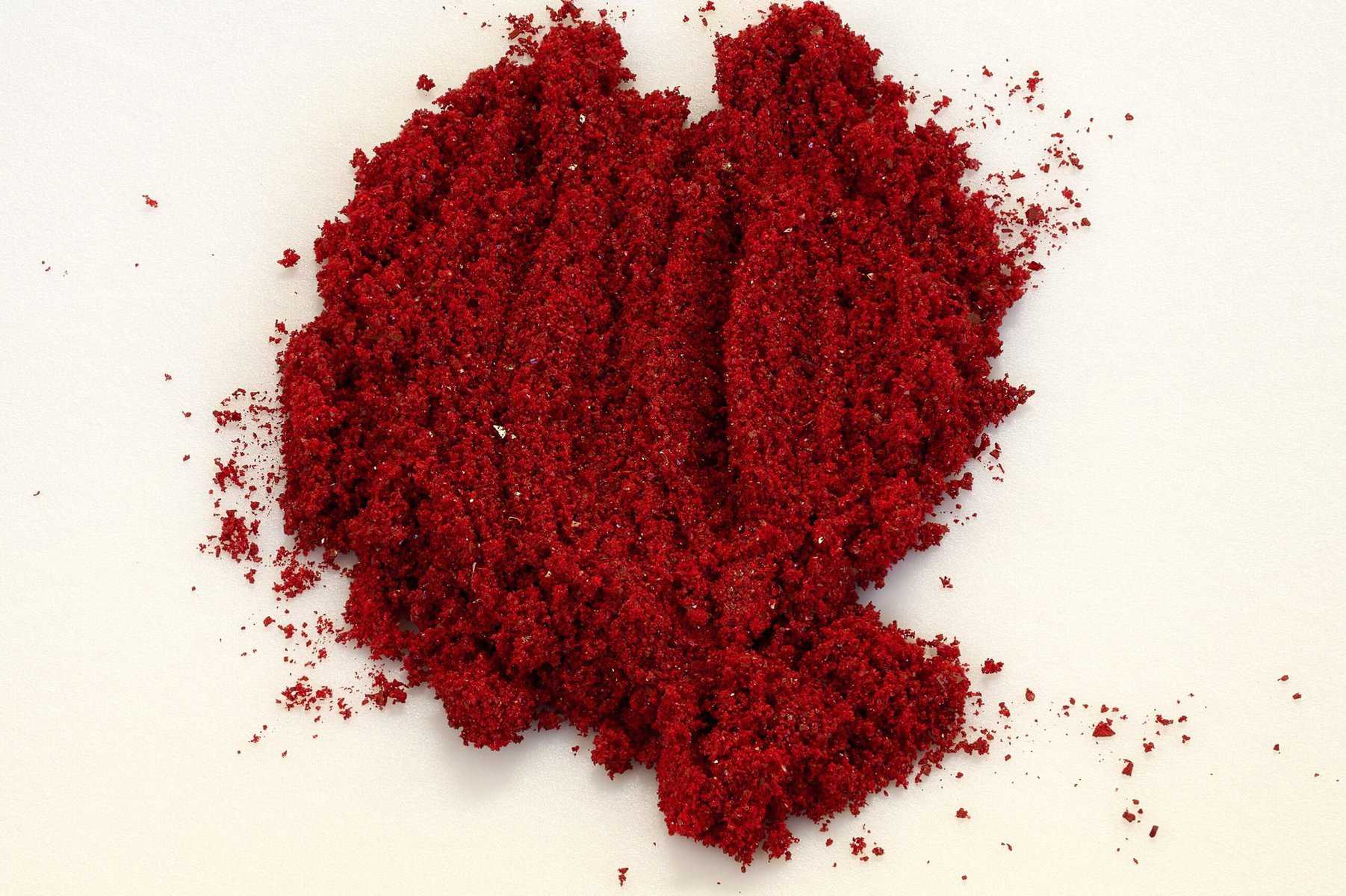Debut, a US company producing biotech ingredients for the beauty industry, has announced a breakthrough in the development of animal-free carmine.
Carmine is an intense red pigment derived from the cochineal beetle, and is widely used in beauty products, food, and textiles. However, Debut has discovered a new class of enzyme enabling the bioproduction of animal-free carmine, and has developed technology that allows the ingredient to be produced at pilot scale.
The process combines patented microbial production systems with cell-free biomanufacturing to overcome industrial limitations, reportedly improving bioproduction by 100-fold.
Past attempts to produce synthetic alternatives to carmine have largely been unsuccessful, failing to precisely match the pigment and sometimes attracting health concerns. For example, the FDA recently banned the use of a pigment called synthetic Red No. 3 following claims that it is carcinogenic.

“Prized molecule”
Debut’s ingredient could ensure a more consistent supply chain than conventional carmine, and is devoid of a specific protein found in beetle-derived carmine that is known to cause skin irritation. Additionally, the company’s carminic acid is claimed to be more than 95% pure compared to the industry average of 30% or lower.
Debut recently completed pilot-scale bioproduction, enabling the formulation of carminic acid for beauty applications. The company is also in discussions to expand into the food and beverage market.
“Carmine is one of the hardest molecules to innovate,” said Joshua Britton, PhD, founder and CEO of Debut. “After a large investment and a lot of hard work, we are very proud to have discovered the all-important missing step in creating renewable carmine that enables us to go from sugar all the way through to this prized molecule.
“Many teams have tried to biomanufacture carmine over the years with no success due to the complexity and cost of inputs. It is only through the advancement of our biotechnology, Debut’s proprietary Bio2Consumer™ platform, and our differentiated capabilities in biomanufacturing that this innovation has finally come to life.”




